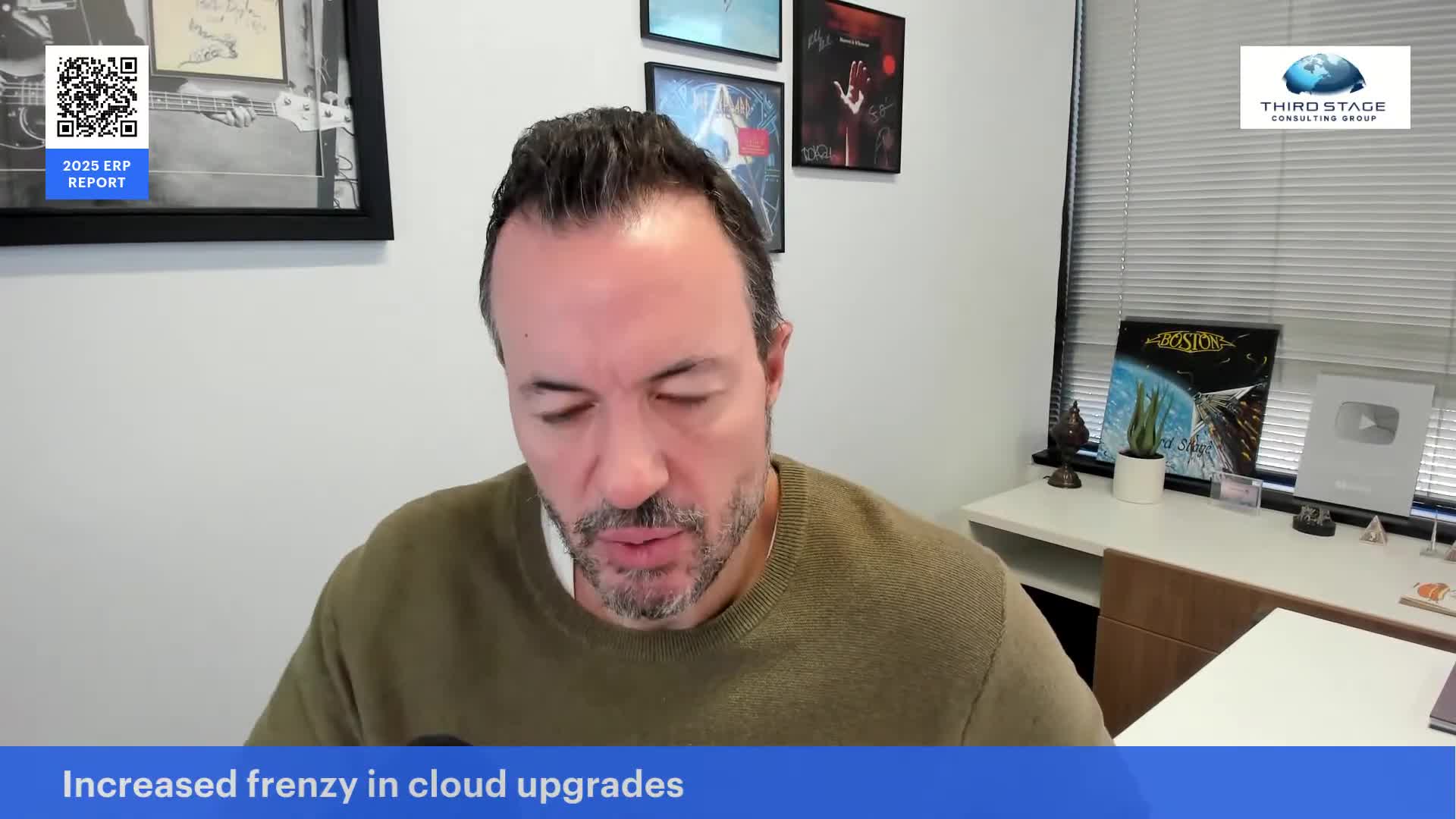Workflow Automation
How can Repurpose IO be used to share YouTube shorts on LinkedIn without downloading and re-uploading videos?
Repurpose IO enables seamless content distribution through automated workflows that connect content sources with destination platforms. In Anita Wong's demonstration, users can create a workflow by connecting their YouTube channel as the source and LinkedIn as the destination, specifically selecting short videos for repurposing. The platform fetches requested videos directly from YouTube and automatically uploads them to LinkedIn, eliminating the need for manual downloading and re-uploading. This streamlined process allows content creators to maximize their visibility across platforms with minimal effort, effectively repurposing existing content while maintaining brand consistency on multiple social media channels.
Watch clip answer (02:29m)Why does AI matter for branding and design agencies?
AI matters for branding and design agencies because it enhances both the creative and strategic aspects of the field. It provides tools that support creativity by generating design ideas, suggesting color schemes, and creating initial drafts of logos or graphics that serve as inspiration, saving designers significant time in the ideation process. Beyond creativity enhancement, AI streamlines workflow by managing project timelines, allocating resources, and tracking progress. This ensures projects stay on schedule and within budget, ultimately improving efficiency and profitability for agencies. Rather than replacing designers, AI serves as a valuable assistant that optimizes the creative process while handling administrative tasks.
Watch clip answer (01:01m)What are effective follow-up strategies to increase sales conversions?
Effective follow-up strategies include understanding that most prospects require nurturing rather than immediate decisions, mapping out a structured follow-up process with specific messaging for each step, and automating as much of the process as possible while maintaining personalization. Timing is crucial - follow up immediately after initial contact and consistently during the first seven days. Creative approaches like using social proof, sending personalized memes, anniversary gifts, and snail mail can significantly differentiate your outreach. These strategies work because they maintain prospect engagement, build trust, and keep you top-of-mind, ultimately leading to higher conversion rates.
Watch clip answer (00:57m)What approaches does Zoho offer for customizing applications to meet different business needs?
Zoho offers three main customization approaches to accommodate diverse business requirements. First, they provide configuration options within applications themselves, allowing users to add modules, change workflows, and adjust functionality. Second, they enable integration with third-party tools and extensions to connect data from different sources. Third, for completely custom solutions, Zoho offers low-code and no-code development platforms where businesses can build unique applications tailored to specific needs, such as specialized logistics models not available in off-the-shelf software. These custom applications integrate seamlessly with the Zoho suite, maintaining single sign-on capabilities and analytics functionality.
Watch clip answer (01:40m)What is the difference between a typical design process and an optimization process?
A typical design process involves reevaluating and making changes until you're satisfied, but it's not an optimization process. In optimization, we first formulate a specific problem with defined objectives and constraints. The computer then automatically evaluates these objectives, checks if optimality criteria have been met, and updates design variables accordingly. This automated process continues, potentially thousands of times, until optimality criteria are achieved, rather than stopping when the designer is satisfied or tired of making changes.
Watch clip answer (01:18m)What are the benefits of low code solutions like PowerApps in organizations?
Low code solutions like PowerApps benefit organizations by empowering functional centers of excellence and reducing developer workload in real-time scenarios. These tools provide technical capabilities to users without requiring deep technical expertise, enabling them to create customized apps, functions, and workflows independently. PowerApps serves as a semi-techie platform that allows users to be more technologically advanced than they actually are, increasing productivity by eliminating the need to hire developers or rely on outside software vendors to implement changes. This environment ultimately bridges capability gaps and streamlines organizational processes.
Watch clip answer (00:55m)




